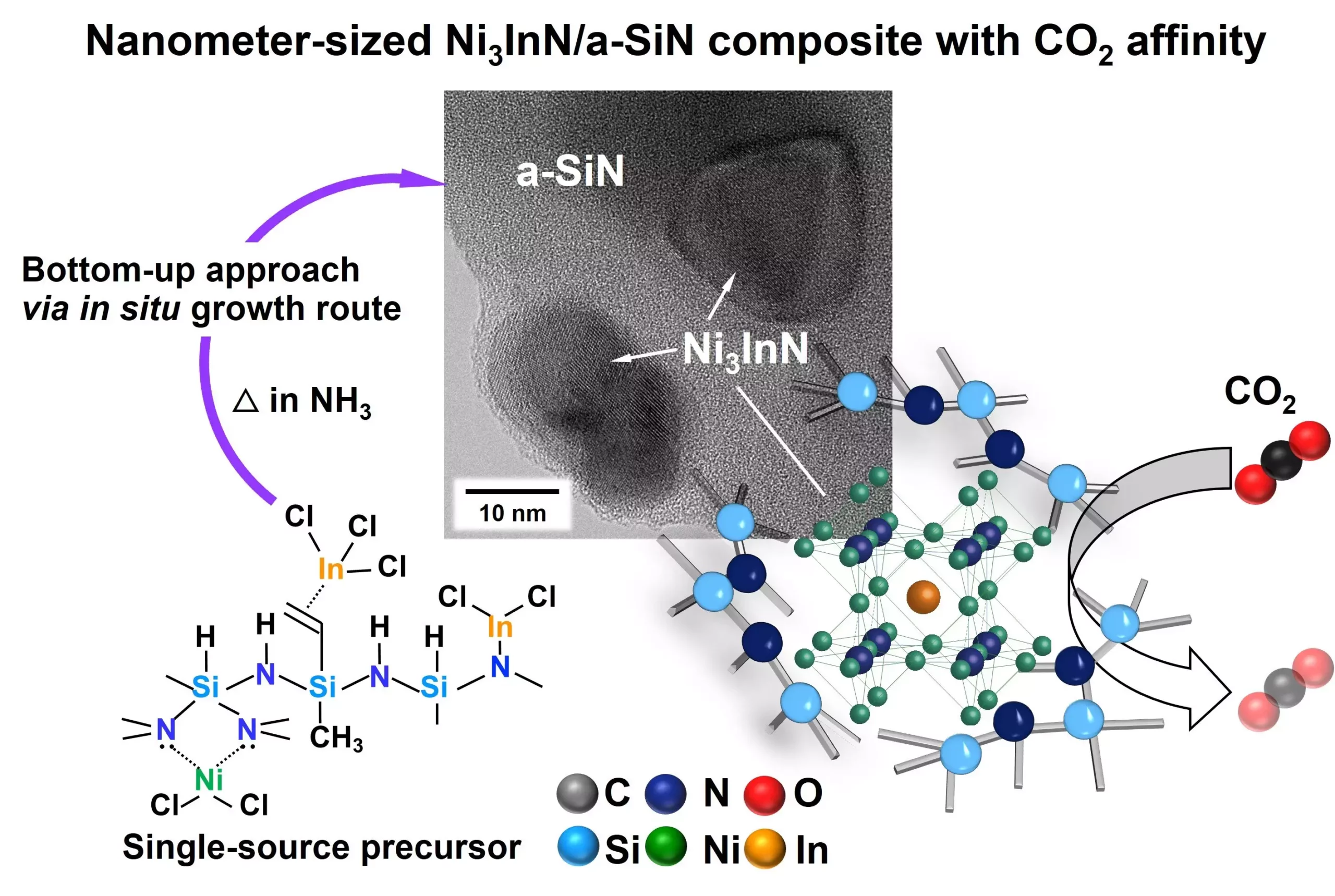While the spotlight has firmly been on perovskites in recent years, it’s time to shift our gaze towards their lesser-known siblings: anti-perovskites. With a crystal structure akin to that of perovskites but featuring an inverted ionic configuration, anti-perovskites embody a fascinating array of properties that could revolutionize materials science and technology. Their fascinating characteristics, like negative thermal expansion and impressive ionic conductivity, place them at the forefront of next-generation functional materials. Their ability to potentially exhibit superconductivity is particularly alluring, offering tantalizing prospects for energy applications. However, the practical utilization of anti-perovskites, particularly for catalysis, has been hampered by the challenges associated with synthesizing nanosized versions of these materials.
Breaking Through Synthesis Challenges
In a recent innovation reported in the Journal of Materials Chemistry A, an esteemed research team led by Professor Yuji Iwamoto at the Nagoya Institute of Technology has tackled these synthesis hurdles head-on. Their groundbreaking study explored a novel approach to synthesize nitride-based anti-perovskites, specifically Ni3InN, using a polymer-derived ceramics (PDCs) technique. By creatively modifying a precursor of silicon nitride, they successfully embedded nanoscale anti-perovskite crystals in an amorphous silicon nitride matrix, marking a significant operational milestone.
This synthesis method stands out for its relative simplicity; first, a flexible polysilazane precursor is altered to incorporate nickel and indium chloride compounds. The team cleverly employed a low-temperature pyrolysis in an ammonia atmosphere, allowing for a one-step transformation into the desired nanocomposite. Such an approach is extraordinary, primarily because it combines the intricacies of multiple metal species while enabling in situ growth of the anti-perovskite components directly within the amorphous matrix.
Unveiling the Mechanisms
During their investigation, the researchers encountered unique challenges, notably in achieving a uniform single-phase Ni3InN compound. Dr. Tada explained that initial attempts highlighted the difficulty posed by steric hindrance caused by the presence of vinyl groups in polysilazanes. By adjusting the concentration of InCl3, they could drive a more efficient transformation, paving the way for the desired intermetallic nanoparticles. This meticulous attention to chemical interaction illustrates a deep expertise that can only be garnered through rigorous scientific inquiry.
Furthermore, the porosity of the resulting nanocomposite is a remarkable feat. The abundant interfaces between the Ni3InN crystals and the silicon nitride matrix could lead to enhanced catalytic properties through electronic structure modifications. These surfaces could be more reactive, opening doors to new chemical pathways that were previously inaccessible.
Applications and Future Directions
The promise embodied by this new composite material isn’t merely academic; the researchers demonstrated its ability to adsorb and desorb carbon dioxide, suggesting viable pathways for clean energy projects and the conversion of small molecules into high-value products. This strong potential marks a pivotal moment in the ongoing quest for sustainable technologies.
It is particularly noteworthy that the diverse multi-metal composition of the a-SiN/Ni3InN composite hasn’t just expanded the theoretical exploration of materials science but also signals a fresh wave of opportunity in heterogeneous catalyst design. Dr. Bernard’s insights underscore this potential, suggesting that the structural diversity facilitates the exploration of novel catalytic functionalities that could transform various sectors, from energy to environmental applications.
The Road Ahead
The synthesis methodologies and findings presented by this research team are indicative of an exciting frontier in materials science. As anti-perovskites gain ground alongside their more recognized counterparts, we may see a dramatic shift in how we approach the design and implementation of functional materials. Bridging the gap between fundamental research and practical application, these discoveries signify that the world of materials science is ever-evolving, with broad implications for clean energy and beyond.
Indeed, as more researchers join this frontier, we can anticipate a proliferation of innovative applications arising from the unique properties of anti-perovskites, marking them as a vital component of the future sustainable technologies landscape. The journey of discovery and exploration in this field is just beginning, but its potential is undeniably bright.


Leave a Reply